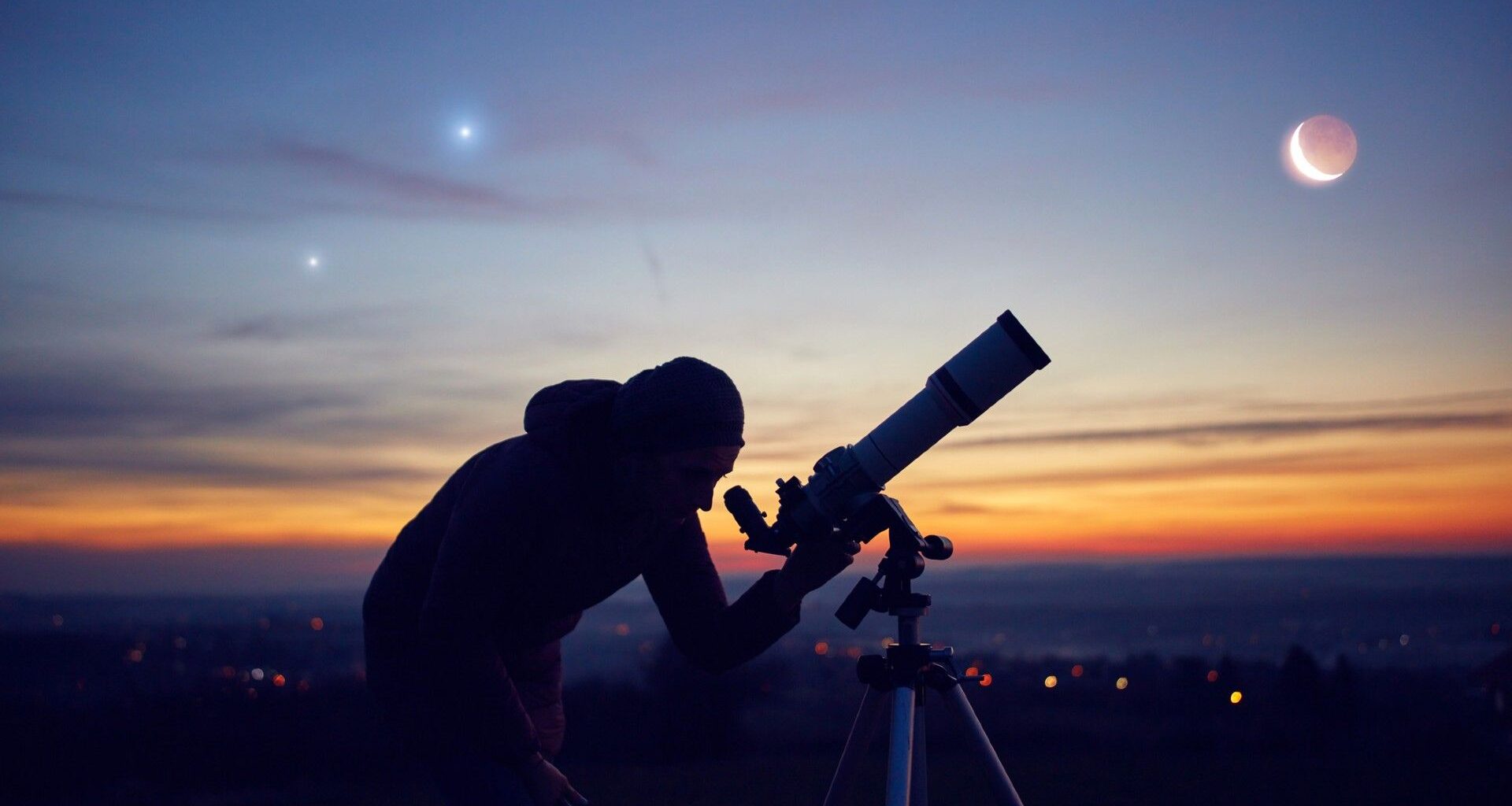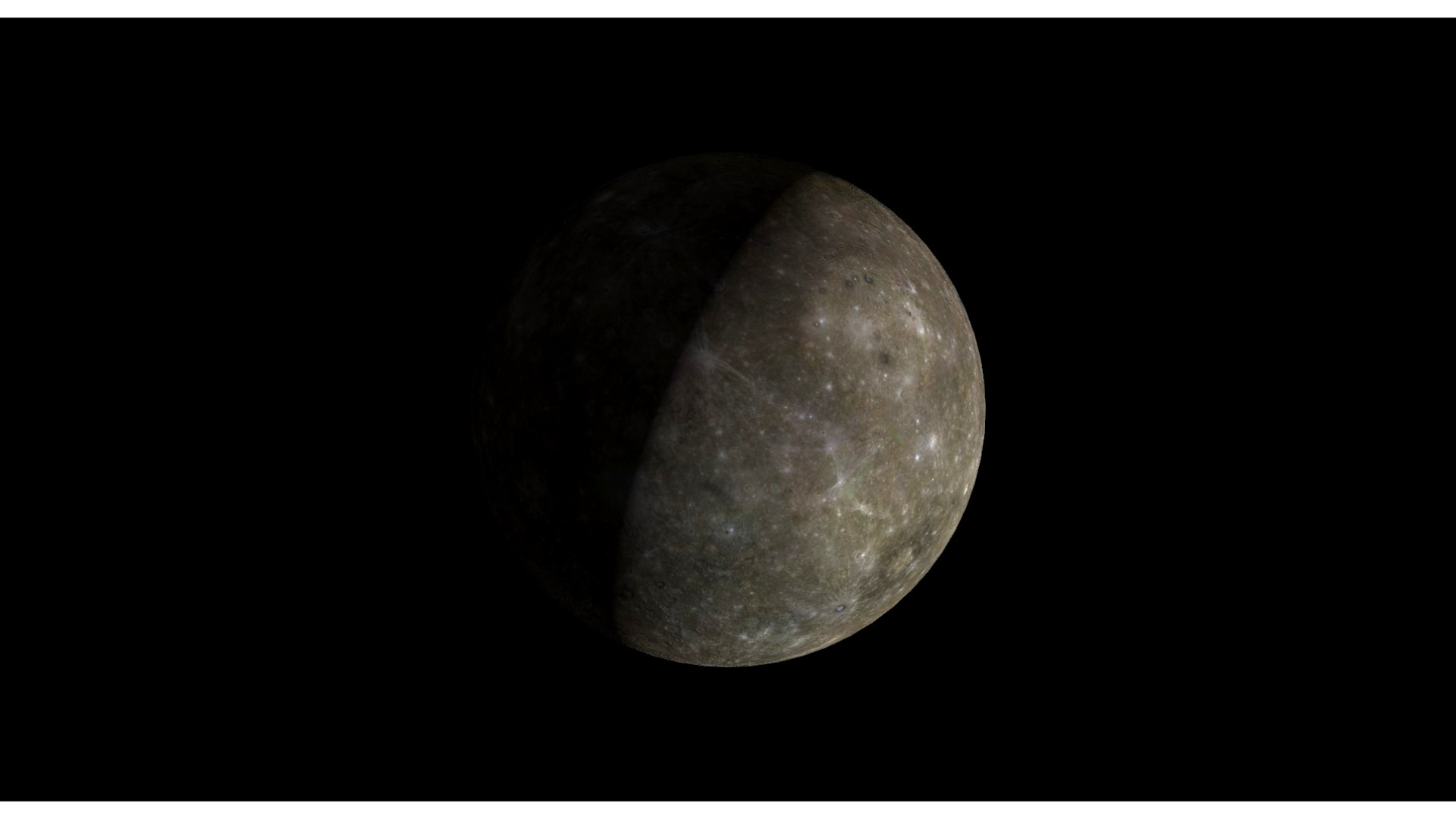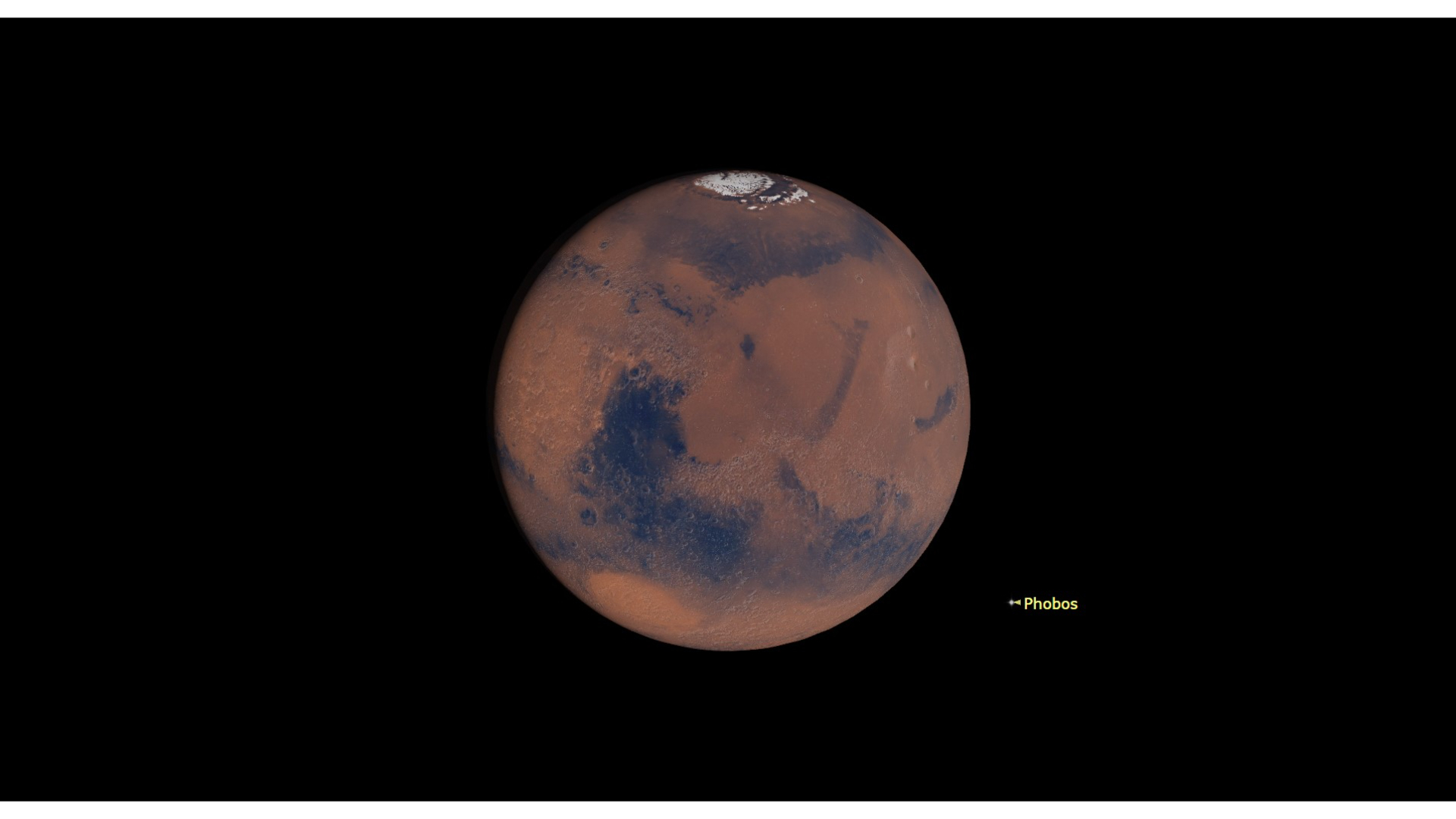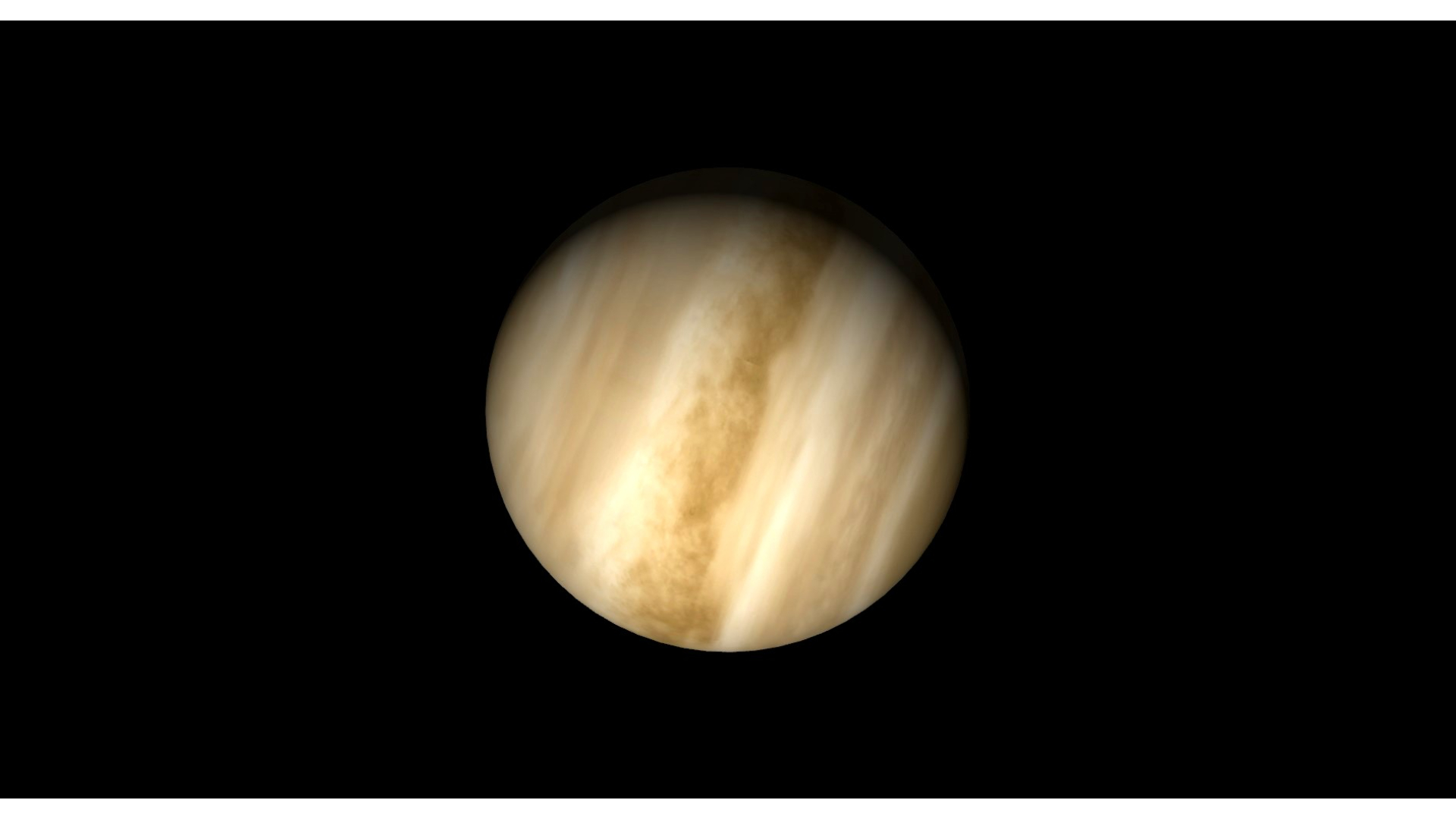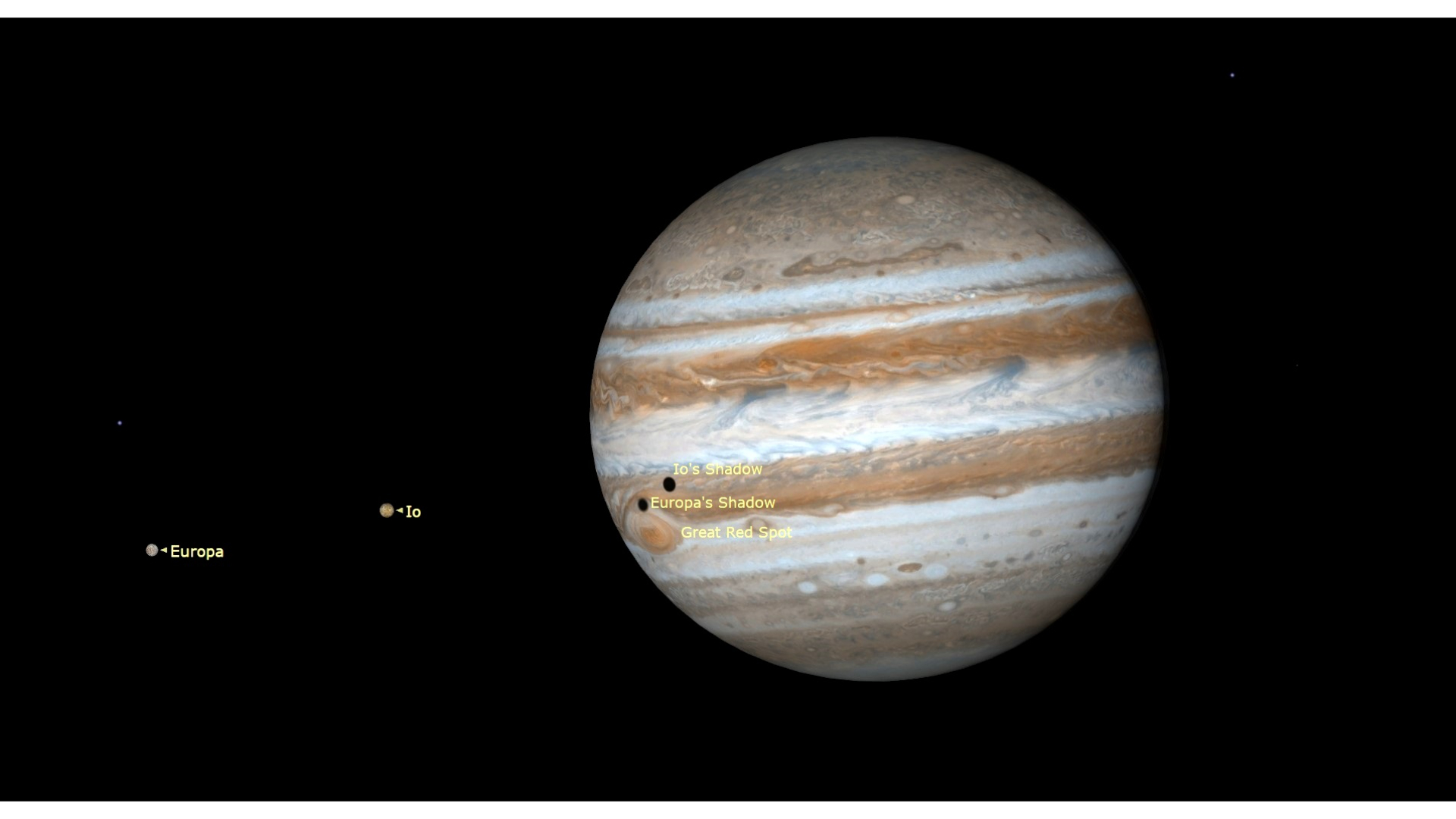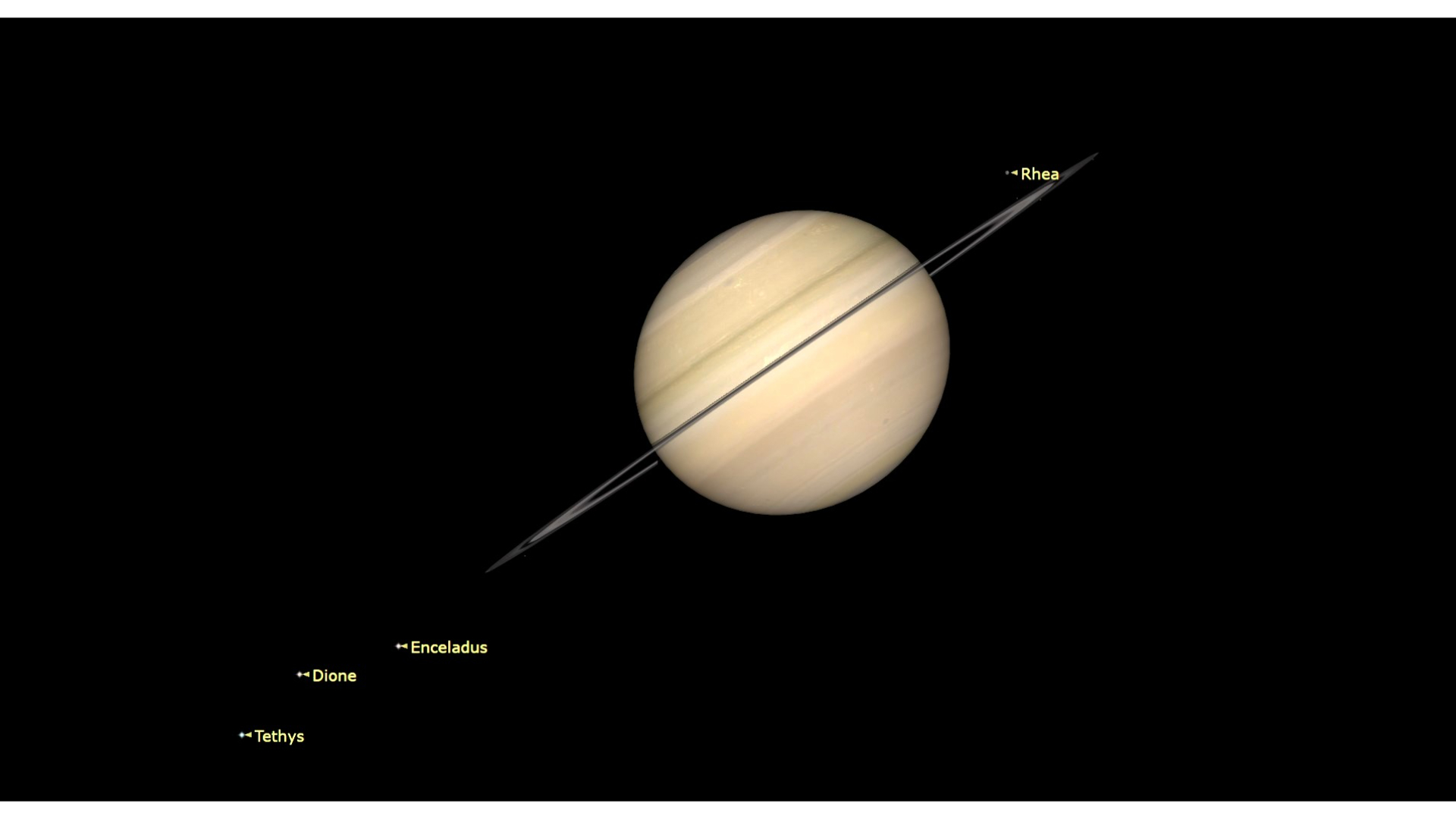TOP TELESCOPE PICK:
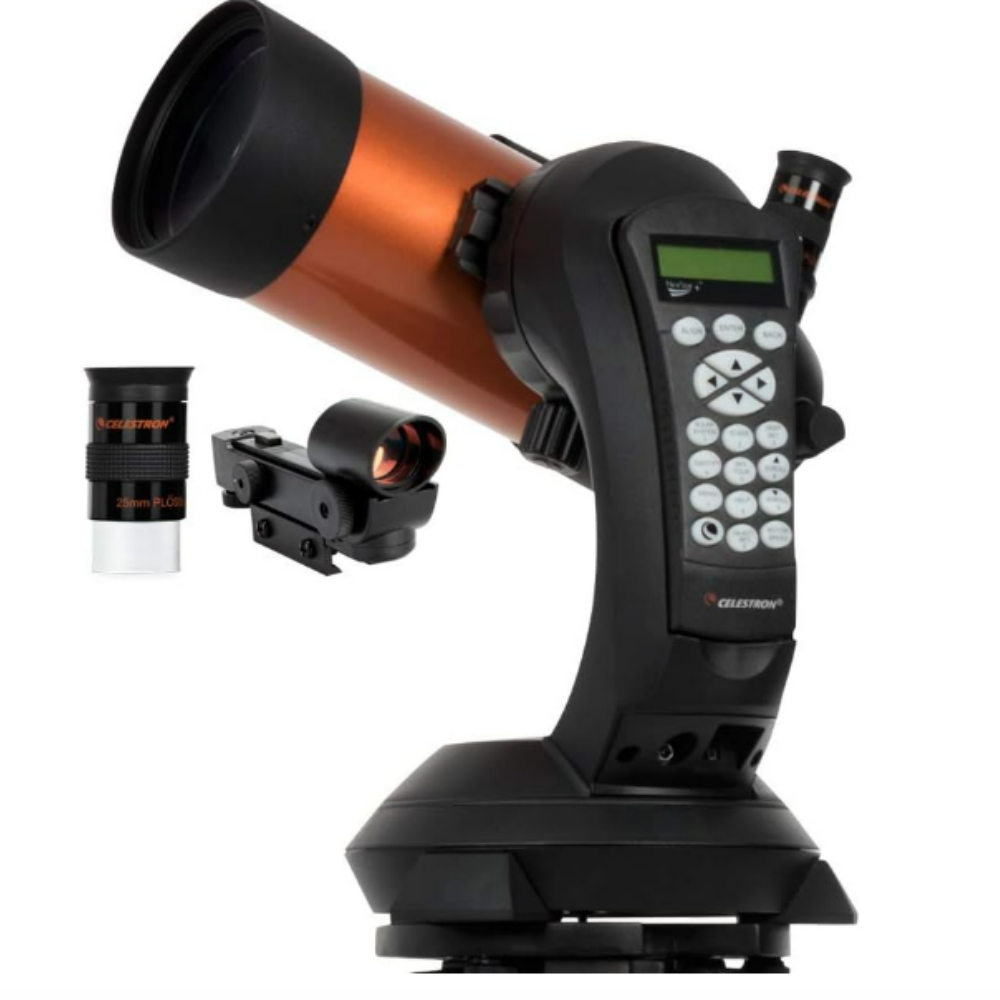
(Image credit: Amazon)
Want to see the visible planets in the night sky? The Celestron NexStar 4SE is ideal for beginners wanting quality, reliable and quick views of celestial objects. For a more in-depth look at our Celestron NexStar 4SE review.
Probably the easiest planet to locate this month is Saturn. As soon as darkness falls, you’ll be able to readily find it in the southeastern sky; one of the very few bright objects shining against the dull backdrop of dim autumn stars. You’ll have to wait until after the witching hour of midnight to get a good view of Jupiter gradually ascending in the east-northeast. Its great brilliances add to the luster of the bright array of stars that will soon dominate our winter evening skies in a few months. For now, though, “Big Jupe” belongs to the predawn morning sky. Only one other planet rivals Jupiter in brightness and that is Venus, which makes its first appearance low above the east-southeast horizon right around the time of the break of dawn.
As for Mercury and Mars, they’re in the evening sky, but poorly positioned for observation, primarily because they appear so very low to the west-southwest horizon in the midst of the bright evening twilight. Both planets are within 5 degrees of each other during most of the second half of October, coming closest together on Oct. 19. But it will be hard enough even with binoculars to try to discern Mercury, which will shine at a respectable magnitude of -0.2. But Mars will be shining only a fraction as bright as its speedy companion.
In our schedule, remember that when measuring the angular separation between two celestial objects, your clenched fist held at arm’s length measures roughly 10 degrees. Here, we present a schedule below which provides some of the best planet viewing times, as well as directing you to where to look to see them.
You may like
The sun crosses the celestial equator heading south on Sept. 22 at 2:19 p.m. EDT. This equinox ushers in autumn in the Northern Hemisphere and spring in the Southern Hemisphere.
Mercury and Mars will probably require optical aid as they sink toward the western horizon after sunset.
Mercury’s stunning details can be seen by keen-eyed skywatchers. (Image credit: Starry Night/ Chris Vaughan)
Look for Mercury very low in the west-southwest about 30 minutes after sunset, beginning Oct. 15. Good luck: this speedy little planet is having its worst evening apparition of 2025 for viewers at mid-northern latitudes. Although it attains a greatest elongation of 24 degrees on Oct. 29, its southerly location in Libra lies low for us northerners; it is almost hopelessly low in bright twilight for observers at mid-northern latitudes.
Mars will be visible in the month of October. (Image credit: Starry Night/ Chris Vaughan)
Mars is within 5 degrees of Mercury from Oct. 12 through Oct. 29, but is much fainter. On the evening of Oct. 19, the two planets will appear closest together, just 2 degrees apart. About 30 minutes after sunset, use binoculars and look above and slightly to the right of Mercury to find Mars, glowing only about a fifth as bright at magnitude +1.5.
Venus will make an appearance in the month of October. (Image credit: Starry Night/ Chris Vaughan)
Venus blazes brilliantly low in the east-southeast, rising just before the first gleam of morning twilight throughout most of October, and as the month progresses, it sinks closer to the horizon as it retreats to the far side of the sun. Beginning around 6 a.m. local daylight time on Oct. 19, it will pair off with a thin waning crescent moon just two days from new phase; Venus will appear about 4 degrees to the moon‘s lower left.
Jupiter and its moons are a key sight for any skywatcher. (Image credit: Starry Night/Chris Vaughan)
Jupiter at midmonth rises around 11:40 p.m. local daylight time and two hours later, it is shining about 20 degrees up in the east-northeast. Late on the evening of Oct. 13, the last quarter moon will be passing by, though not very closely. Just before midnight, Jupiter will be evident, shining brightly 5 degrees to the right and slightly above the moon.
Jupiter is in the constellation Gemini, which in turn is to the upper left of Orion — winter constellations that will offer late-night Jupiter watchers an October preview of their cold splendors. If you turn a telescope toward Jupiter, note that the planet’s eastern limb is brighter than its western side. Jupiter is still more than two months from opposition (which comes on Jan. 10, 2026), so the sun lights it at an oblique angle as seen from Earth; technically, we’re now seeing Jupiter’s disk only 99% lit. At the break of dawn, Jupiter shines regally within 25° of the zenith (for observers at mid-northern latitudes).
Saturn’s rings and many moons give a show for any stargazer. (Image credit: Starry Night/ Chris Vaughan)
Saturn, during October, glows serenely in the southeast at dusk and in the south by late evening, easily outshining any other point of light in this part of the sky. The planet is reasonably high for much of the night. The ring system is again closing to our line of sight, tilted only 1.5 degrees on Oct. 1 and almost edgewise at only 0.6 degree by month’s end. Consequently, the view in telescopes reveals them as appearing as hardly more than a thin line bisecting the planet. Take note on the evening of Oct. 5 of the almost-full moon passing just 2.2 degrees above Saturn.
Joe Rao serves as an instructor and guest lecturer at New York’s Hayden Planetarium. He writes about astronomy for Natural History magazine, Sky and Telescope and other publications.
Editor’s Note: If you get a great photo of any of the planets and would like to share it with Space.com’s readers, send your photo(s), comments, and your name and location to spacephotos@space.com.
